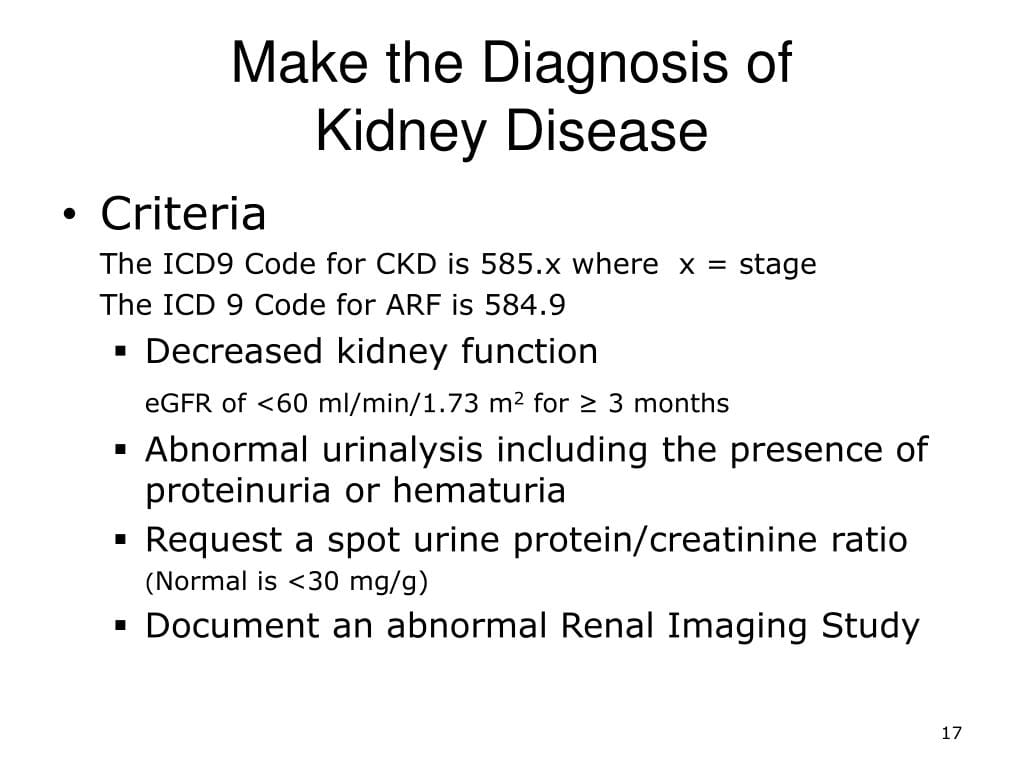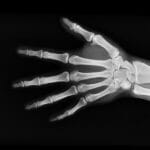Receiving an “abnormal” mammogram result can be understandably anxiety-inducing. However, it’s crucial to remember that this doesn’t automatically equate to a cancer diagnosis. Often, these findings point to benign, non-cancerous issues. This comprehensive guide will demystify abnormal mammogram results, explaining their potential meanings, the typical next steps, and the role of ICD-10 codes in understanding your results.
Decoding Common ICD-10 Codes for Mammograms
Navigating mammogram results and their associated ICD-10 codes can feel like deciphering a complex medical puzzle. These codes are essentially a standardized language used by healthcare professionals to categorize diagnoses, ensuring clear communication about your health. Let’s explore some frequently encountered codes related to abnormal mammograms, offering potential interpretations. Remember, your doctor is the best source of information regarding your specific results.
One such code is R92.8, a broad category encompassing unusual findings on breast imaging tests (like mammograms) that don’t fit neatly into other classifications. It essentially signals the need for further investigation, which could involve a targeted mammogram, an ultrasound, or potentially a biopsy. These additional tests provide a more detailed understanding of the observed abnormality.
Another common code, R92.0, indicates the presence of microcalcifications—tiny calcium deposits appearing as small white specks on a mammogram. While often harmless and linked to normal aging, past injuries, or certain medications, specific types of microcalcifications (particularly tight clusters or irregular shapes) may suggest early breast cancer, warranting further examination.
It’s vital to remember that abnormal findings do not inherently equal breast cancer. Numerous benign conditions, such as cysts (fluid-filled sacs), fibroadenomas (solid, non-cancerous lumps), and hormonal fluctuations, can cause unusual mammogram results.
Here’s a quick overview of the codes:
| ICD-10 Code | Description | Possible Implications |
|---|---|---|
| R92.8 | Other abnormal or inconclusive findings | Requires further investigation |
| R92.0 | Mammographic microcalcification | Further investigation; may be benign or suggest early breast cancer |
Elevated troponin levels can indicate heart damage. For more information on the ICD-10 code for elevated troponin, visit this page: icd 10 for elevated troponin
Understanding an R92.8 Mammogram Result
Receiving a call back after a mammogram mentioning R92.8 can be understandably concerning. This code signifies “Other abnormal or inconclusive findings on diagnostic imaging of the breast,” meaning something appeared unusual, but requires further evaluation. It’s crucial to understand that R92.8 does not automatically indicate breast cancer. Rather, it highlights the need for additional tests to gain a clearer understanding.
Typical next steps after an R92.8 result might include another mammogram with specialized techniques like magnification views, an ultrasound to differentiate between solid masses and cysts, or in some cases, a biopsy. While the term “biopsy” can sound alarming, it’s the most accurate way to determine the nature of the abnormality at a cellular level.
It’s important to remember that each woman’s breast tissue is unique, and what looks unusual on a mammogram might be a benign change or normal variation. There are numerous potential causes for an R92.8 code besides cancer, including calcifications, cysts, or dense breast tissue. Ongoing research is continually refining our understanding of mammogram interpretation, and what’s deemed “inconclusive” today could be readily explained with future technology.
While awaiting further tests, keep in mind that the vast majority of inconclusive mammograms do not result in a cancer diagnosis. Consult with your doctor for a personalized explanation of your findings, next steps, and reassurance during this time.
Deciphering the ICD-10 Code R92
R92 is a category code within the ICD-10 system, representing “Abnormal and inconclusive findings on diagnostic imaging of the breast.” It’s used when the imaging results are not definitive enough for a precise diagnosis. Importantly, R92 itself is not a billable code; more specific sub-codes, like R92.0 through R92.8, must be used for billing. This code family signifies that the “picture” isn’t yet clear, requiring further investigation to determine the exact nature of the abnormality.
The follow-up tests might include another mammogram with a different view, an ultrasound, a biopsy, or other targeted imaging. The specific procedure will depend on the initial findings, medical history, and other individual factors. Think of this process as detective work—sometimes, additional clues are needed to solve the case.
It’s also crucial to remember that medical understanding is continually evolving. What might be categorized as “inconclusive” today could be better understood in the future due to ongoing research. Here’s a summary:
| Code | Description | Implication | Billable? |
|---|---|---|---|
| R92 | Abnormal, inconclusive breast imaging findings | Further investigation required | No |
| R92.0 – R92.8 | Specific abnormal findings | Further investigation may be required | Yes |
If you have questions or concerns about your breast health, talking to your doctor is essential. They can provide personalized explanations and guide you through the appropriate next steps.
Understanding ICD-10 Code R92.323 and Breast Density
R92.323 is a specific ICD-10 code for “Mammographic density, bilateral breast.” This signifies the presence of dense breast tissue observed during your mammogram. It’s important to understand that this “abnormal” finding does not necessarily signal a problem. Breast density, particularly in younger women, is common and simply reflects the composition of your breast tissue.
However, dense tissue can sometimes complicate mammogram interpretation, potentially obscuring subtle signs that might be more readily visible in less dense breasts. This does not render a mammogram useless; it simply highlights the potential need for additional screening like ultrasound or MRI.
If your report includes R92.323, discuss it with your doctor. They can interpret the results, considering your individual health and risk factors, and determine if supplementary screening is beneficial. Research is ongoing regarding the best approach to managing dense breast tissue and its impact on breast cancer detection.
Here’s a breakdown of breast density categories:
| Density Category | Description |
|---|---|
| Almost entirely fatty | The breasts are almost entirely made up of fatty tissue. Cancers are easier to spot on a mammogram. |
| Scattered fibroglandular density | Some fibroglandular tissue is mixed in with the fatty tissue. |
| Heterogeneously dense | Breasts are made up of about half fatty tissue and half fibroglandular tissue. Cancer detection can be more challenging. |
| Extremely dense | The breasts are almost entirely made up of fibroglandular tissue. Cancer detection can be quite difficult on a mammogram. |
Understanding your breast density and its implications can empower you to make informed decisions about your breast health, in consultation with your doctor.
Hypertriglyceridemia is a condition characterized by elevated levels of triglycerides in the blood. Learn more about the ICD-10 code for hypertriglyceridemia here: hypertriglyceridemia icd 10.
- Senior at What Age: Benefits & Eligibility Guide - March 29, 2025
- Unlocking Senior Benefits: How Old is a Senior? Your Complete Guide - March 29, 2025
- Master Russian Politeness:A Guide to Saying Please - March 29, 2025

















2 thoughts on “Understanding Your Mammogram: A Guide to ICD-10 Codes for Abnormal Findings”
Comments are closed.